An amulet is an object believed to have certain positive properties that can magically be bestowed upon its owner, which was the amulet’s main function. In ancient Egypt, this magical power was often derived from a combination of several aspects, such as the amulet’s shape, decoration, inscription, color, material, and words spoken over the piece or acts performed with it. Amulets were usually worn or placed on the body to transfer their powers directly to the owner. Often amulets were pierced or featured a loop, which allowed their use as pendants on a necklace, for example. Among many other possibilities, they could be incorporated into rings or enfolded in a piece of fabric that was then attached to a string. This means that amulets could be worn without having any means of suspension themselves. When used for the dead, they were placed on the mummy or in between the mummy’s bandages. While amulets are often small, on average ranging from two to six centimeters, funerary pieces such as winged scarabs can be as large as twenty-five centimeters (nearly ten inches) wide. In ancient Egypt, amulets were abundant and most were probably inexpensive, which made them available to nearly everyone.
Meaning of the ancient Egyptian symbols Symbol in society serves the important purpose of relaying the most important values of the culture to the people generation after generation, and so it was in ancient Egypt. The three most important symbols, often appearing in all manner of Egyptian artwork from amulets to architecture, were the ankh, the djed, and the Was scepter. These were frequently combined in inscriptions and often appear on sarcophagi together in a group or separately. In the case of each of these, the form represents the eternal value of the concept: the ankh represented life; the djed stability; the was power.
Some of the most important symbols were:
Ankh, Djed, Was Scepter, Numbers, Scarab, Tjet, Crook and Flail, Shen, Udjat Eye, Sesen, Ben ben
Ankh: The ankh is a cross with a looped top which, besides the concept of life, also symbolized eternal life, the morning sun, the male and female principles, the heavens, and the earth. Its form embodied these concepts in its key-like shape; in carrying the ankh, one was holding the key to the secrets of existence. The union of opposites (male and female, earth and heaven) and the extension of earthly life to eternal, time to eternity, were all represented in the form of the looped cross.
Djed: The djed is a column with a broad base narrowing as it rises to capital and crossed by four parallel lines. It first appeared in the Predynastic Period in Egypt and remains a staple of Egyptian iconography through the Ptolemaic Period, the last to rule the country before the coming of Rome. Although understood as representing stability, the symbol served to remind one of the close presence of the gods as it also referenced the god Osiris and so was linked with resurrection and eternal life. The djed was thought to represent the god's backbone and frequently appears on the bottom of sarcophagi in order to help the newly arrived soul stand up and walk into the afterlife.
Was scepter: The was scepter is a staff topped with the head of a canine, possibly Anubis, by the time of the New Kingdom, but earlier a totemic animal like a fox or dog. The was scepter evolved from the earliest scepters, a symbol of royal power, known as the hekat, seen in representations of the first king, Narmer of the Early Dynastic Period. The scepter symbolized one's dominion and power. The scepter was usually forked at the bottom but this changed according to which god or mortal was holding it and so did the color of the staff.
Scarab: The scarab is the famous beetle image seen in Egyptian art and iconography which represents the Scarabaeus sacer, a species of the dung beetle. The scarab represents rebirth and resurrection.
Tjet: The tjet (tiet, tyet), also known as 'the Knot of Isis' and 'the Blood of Isis' resembles an ankh with the arms at its side. The symbol dates to the Old Kingdom of Egypt but is probably older. The tjet has been interpreted as female genitalia, the folds of a woman's dress, and the knot of a girdle but, in every case, is associated with the goddess Isis. The tjet represents protection and security.
The Crook & Flail: The crook and flail symbolize the power and majesty of the king. Both these items were associated with Osiris and symbolized his early rule of the land. The symbols appear in the Early Dynastic Period during the reign of the first king, Narmer, and linked the king with the mythical first king of Egypt Osiris.
The Shen: the shen is a circle of rope, knotted, to form an unbroken, circle symbolizing completeness, infinity, and serving as protection.
The Udjat Eye: the Udjat Eye is another well-known symbol from Egypt, the Eye of Ra. The symbol of the eye is associated with the protective goddess Wadjet during the Predynastic Period. The Udjat Eye was meant to protect the pharaoh in the afterlife.
The Sesen: the Sesen is the lotus flower that appears so often in Egyptian art and symbolizes life, creation, rebirth, and especially, the sun.
Other Symbols
There were many other important symbols throughout Egypt’s history. The bennu bird, for example, was the model for the Greek phoenix and symbolized resurrection. The white ostrich feather symbolized the goddess Ma’at but also the concept of balance and truth she stood for. The Tree of Life stood for knowledge, purpose, and destiny. Snakes and serpents represented transformation and change. The flower amulet symbolizes creation. The cobra was a protective image, associated early with the goddess Wadjet, who drove off the enemies of Ra; with hood extended and rearing to strike, the cobra became the insignia of kings and was worn on the uraeus, the royal headdress.




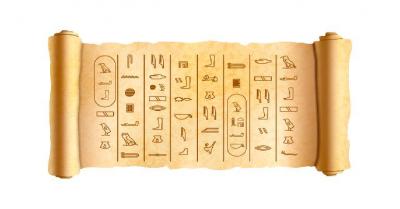


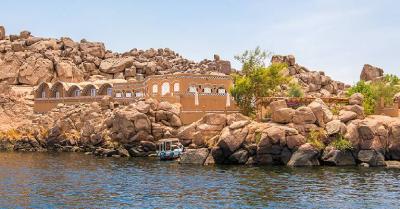
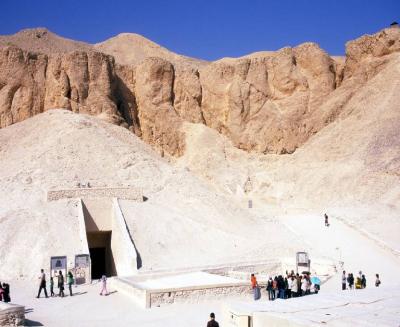


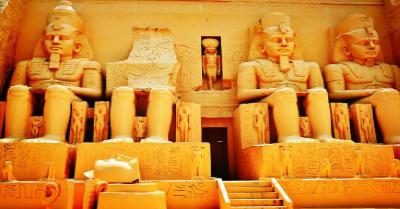
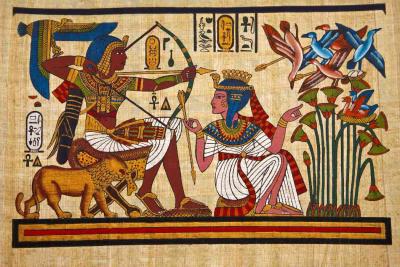


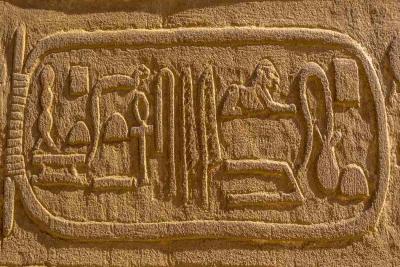
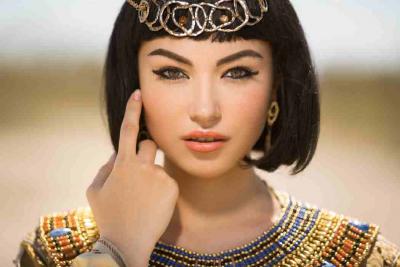








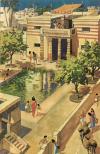

Comments